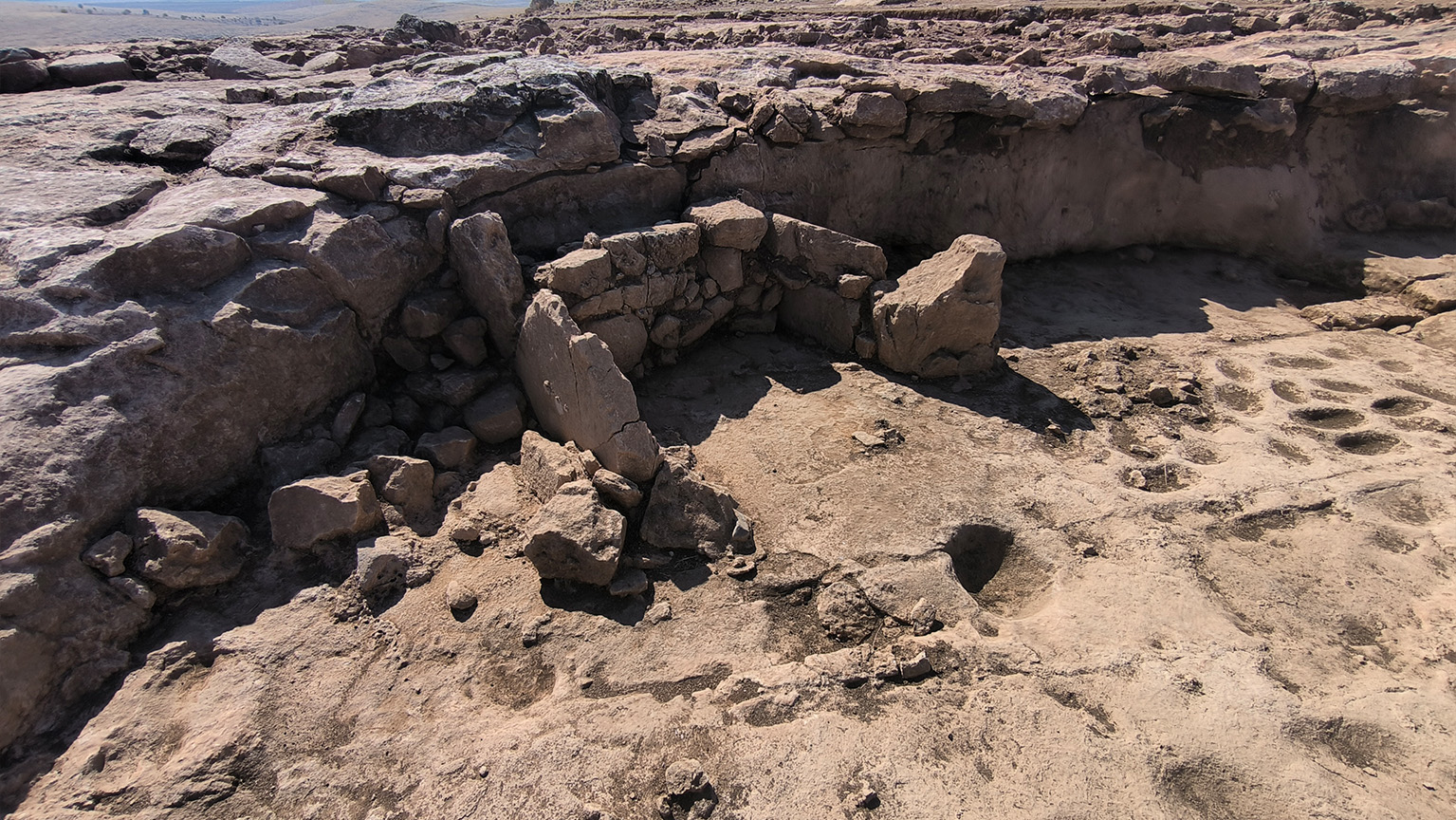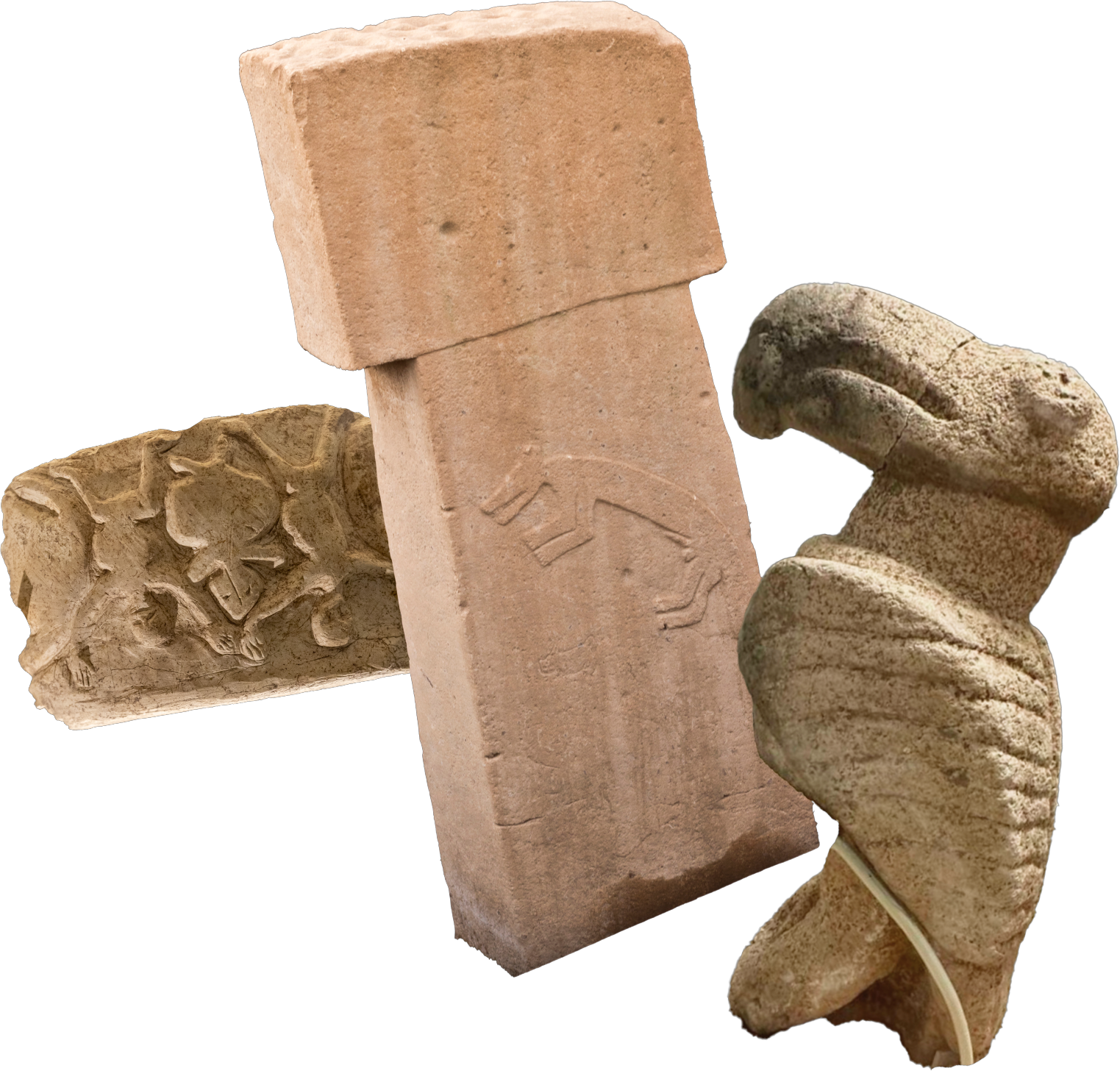1. What is Çakmaktepe and where is it located?
Çakmaktepe is located approximately 20 kilometers southwest of Şanlıurfa, to the west of the Harran Plain. It represents the earliest stages of the Pre-Pottery Neolithic Period settlements excavated within the scope of the Taş Tepeler Project.Unlike traditional settlement models, structures are also found outside the main settlement, indicating a spread over a larger area.
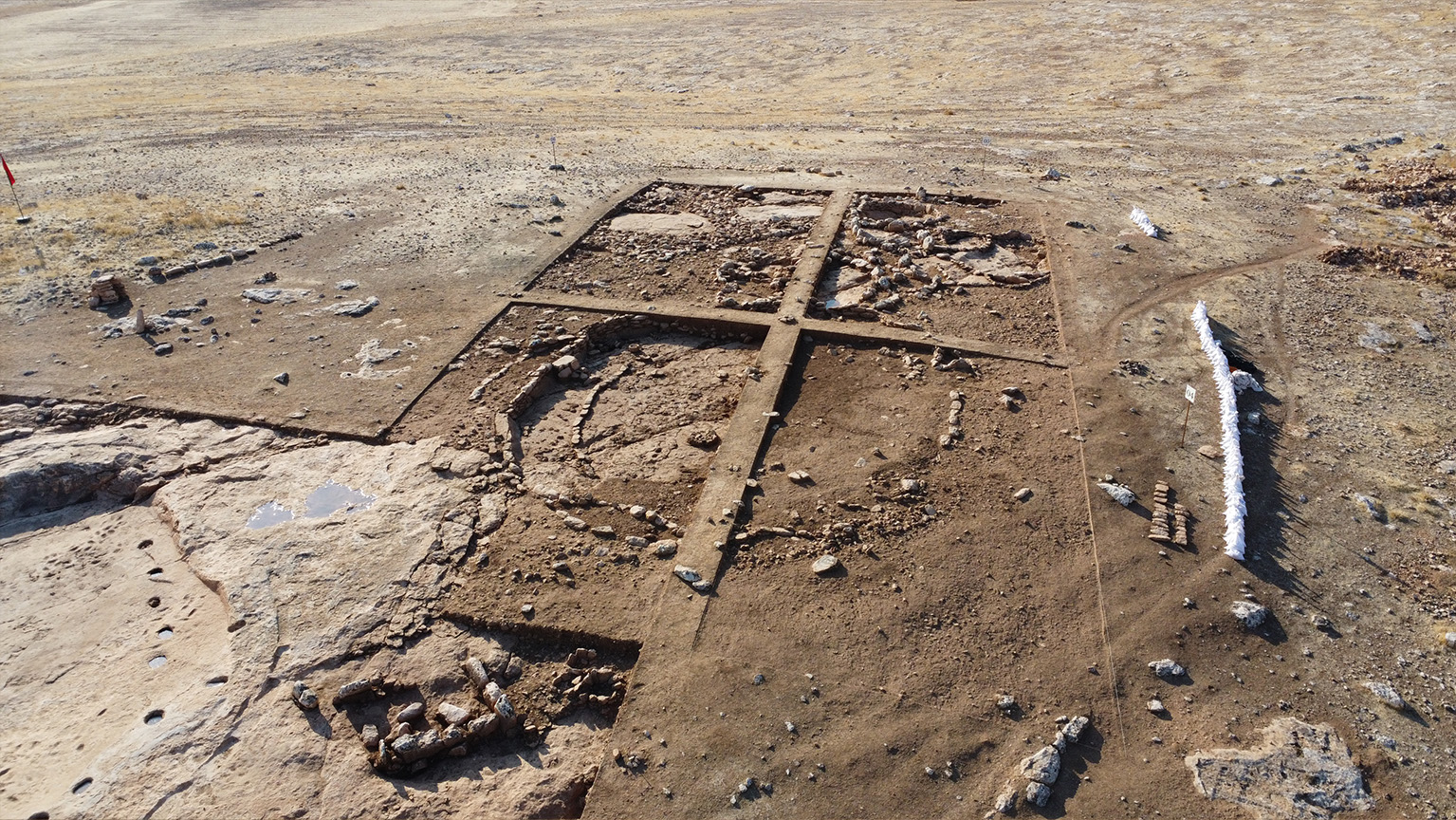
2. How was the discovery of Çakmaktepe and when did the archaeological excavations begin?
Çakmaktepe was identified in 2021 during the "Şanlıurfa Central and Surrounding Prehistoric Archaeological Survey" (ŞAYA) project through satellite image analysis. In-situ field studies at the points determined by the satellite images revealed flint chipped stone findings and traces of circular structures on the surface, confirming the presence of a settlement. After the surface studies were completed in the same year, excavations began.
The excavation is being conducted in scientific collaboration with Çukurova University and Japan's Tsukuba University, with the participation of experts and archaeologists from Turkey and various international universities.
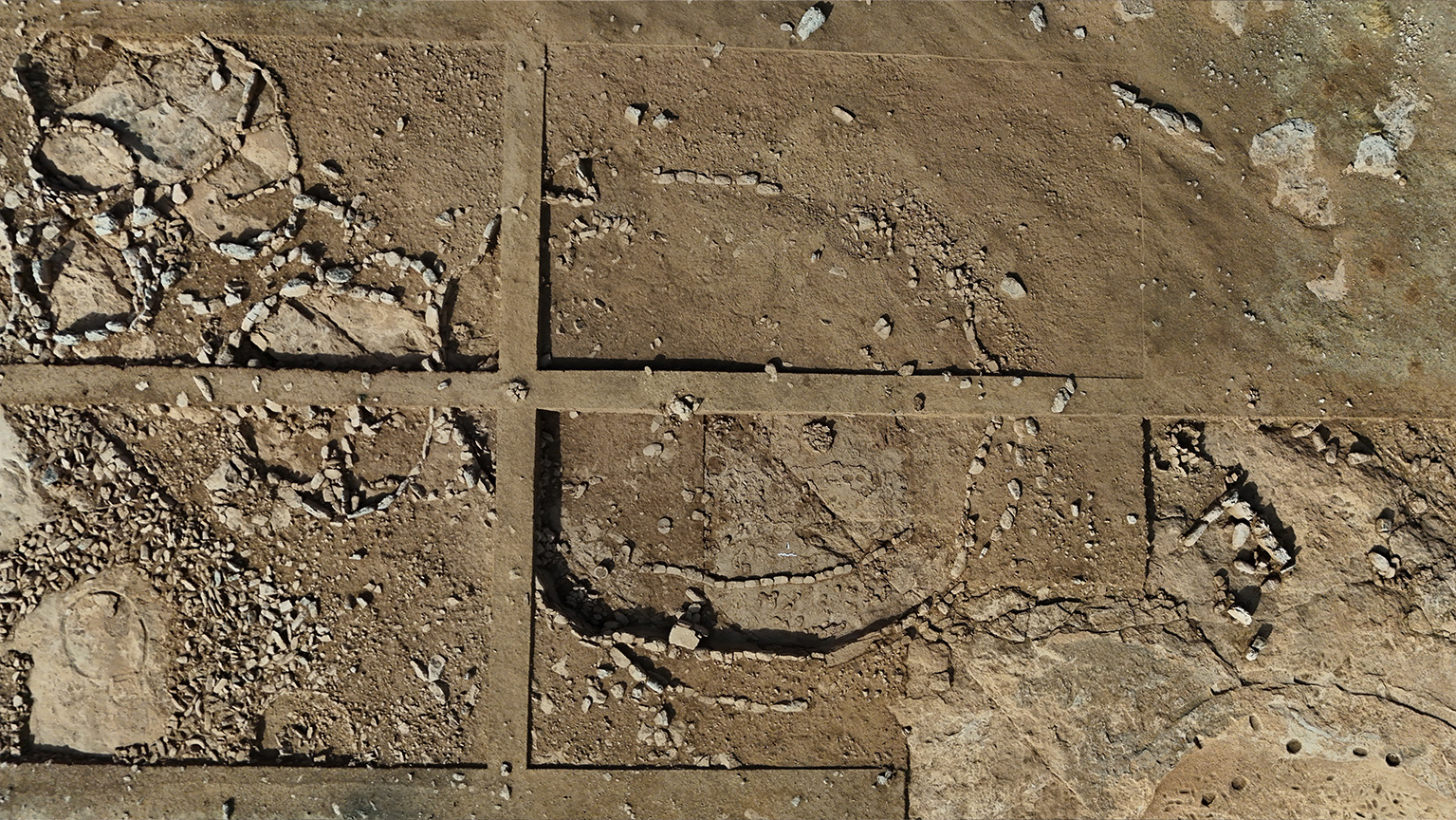
3. What is the significance of Çakmaktepe and what are the objectives of the research conducted at this site?
Çakmaktepe is one of the earliest examples of sedentary hunter-gatherers in the region and one of the earliest in Anatolia. It is very important for understanding how the Pre-Pottery Neolithic period started and developed in this region.
With the research, it is aimed to answer questions such as how the residential and special buildings were used and why they were buried, and to elaborate on issues such as the reason for choosing this settlement and the domestication of animals by determining the animal and plant species found here.
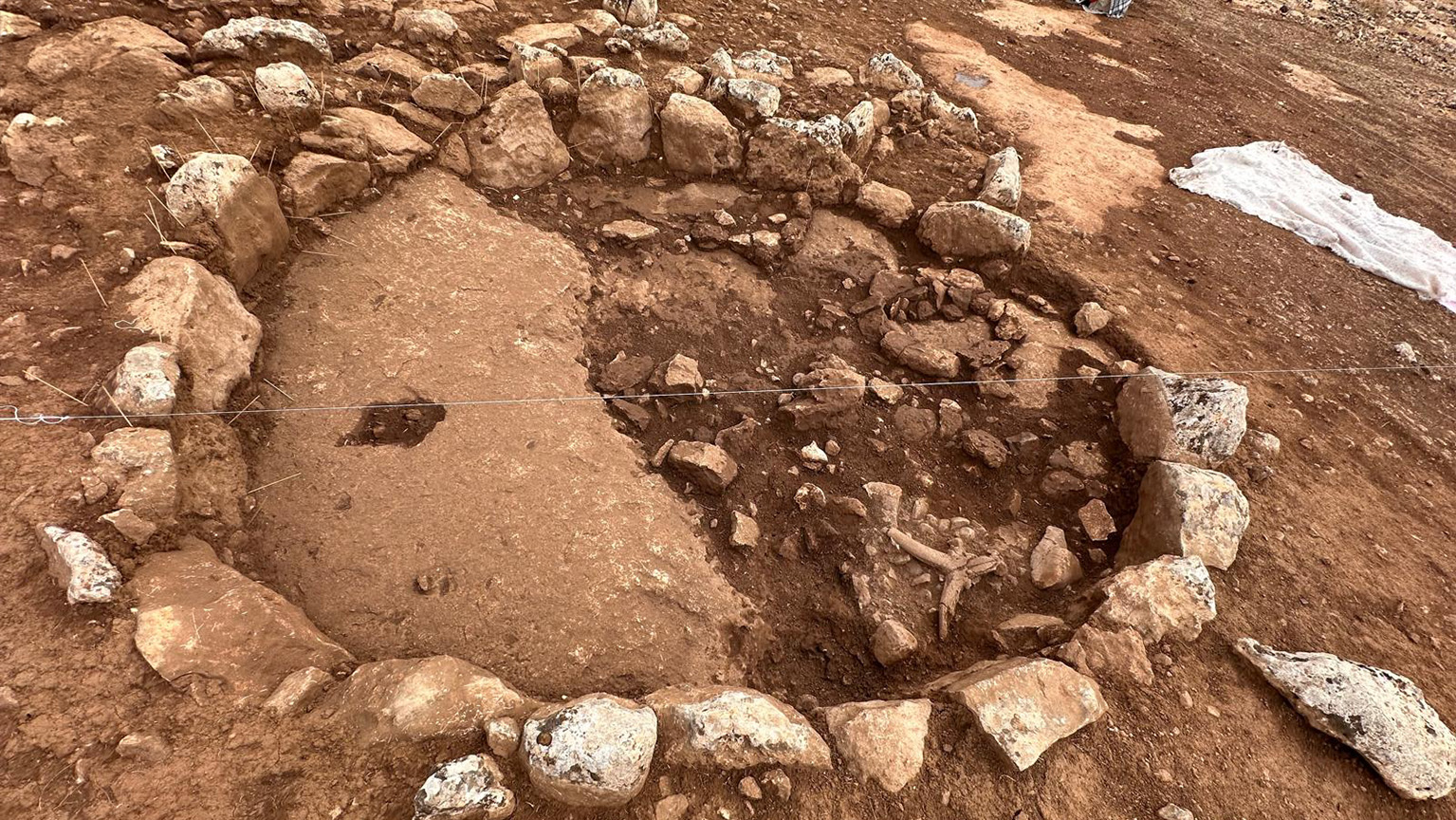
4. What kind of findings were uncovered with the excavations?
One of the most notable special finds is a sharpening stone used to smooth arrow shafts. This stone features engravings of three running male gazelles and arrows pointing toward them.
The stone stamps discovered during the 2023 excavations are among the most remarkable finds from Çakmaktepe.
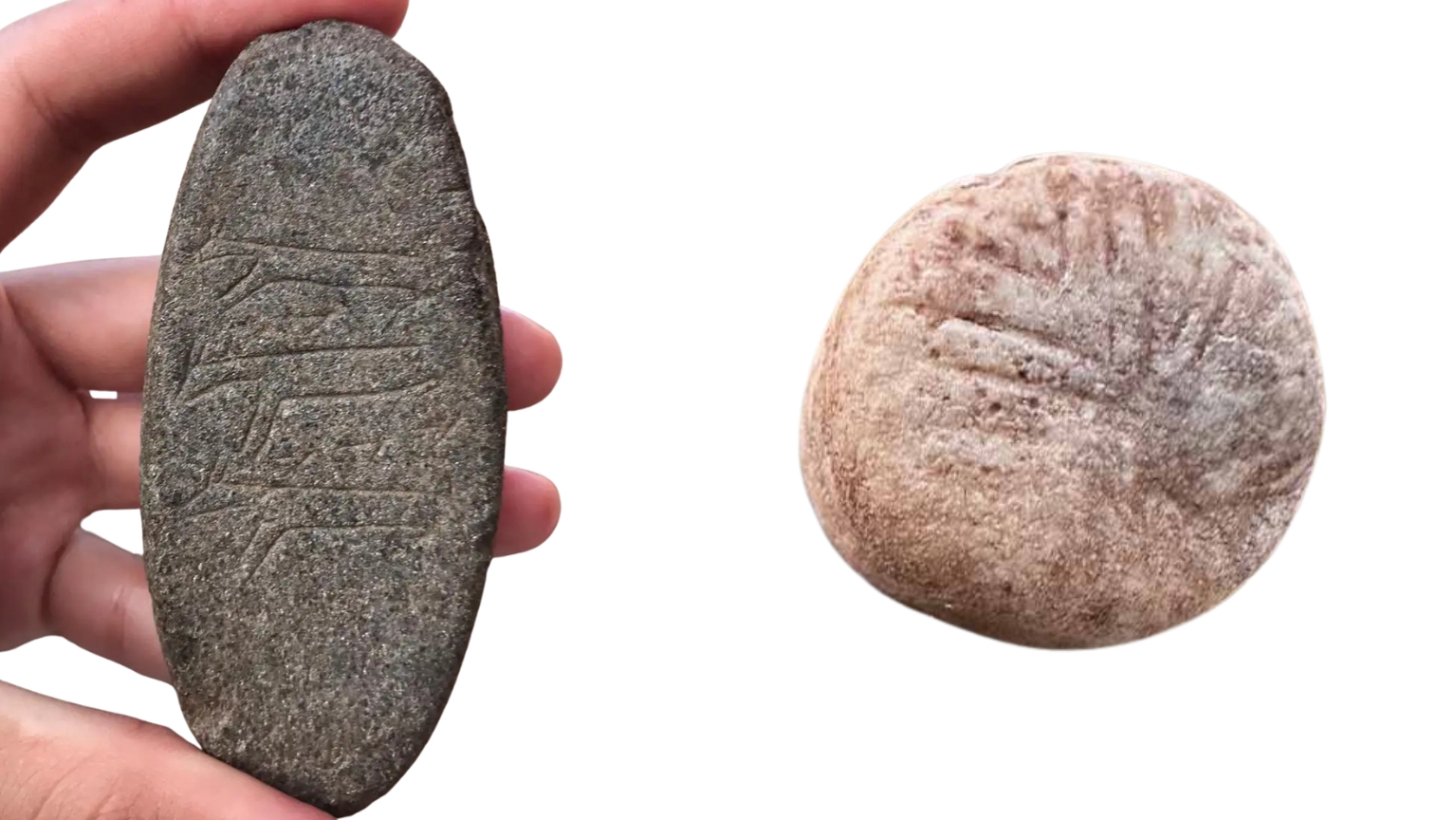
5. Compared to other sites in the region, what are the features of special buildings at Çakmaktepe?
As a result of the excavations carried out so far, 2 special structures carved into the bedrock, single room with circular plans, pit base were unearthed. On the floor of one of the structures, holes carved into the bedrock where wooden pillars were placed were found.
Instead of the T-shaped pillars seen in Göbeklitepe and Karahantepe, there are flat pillars here. In addition, there are no decorations, figures or reliefs on these pillars.
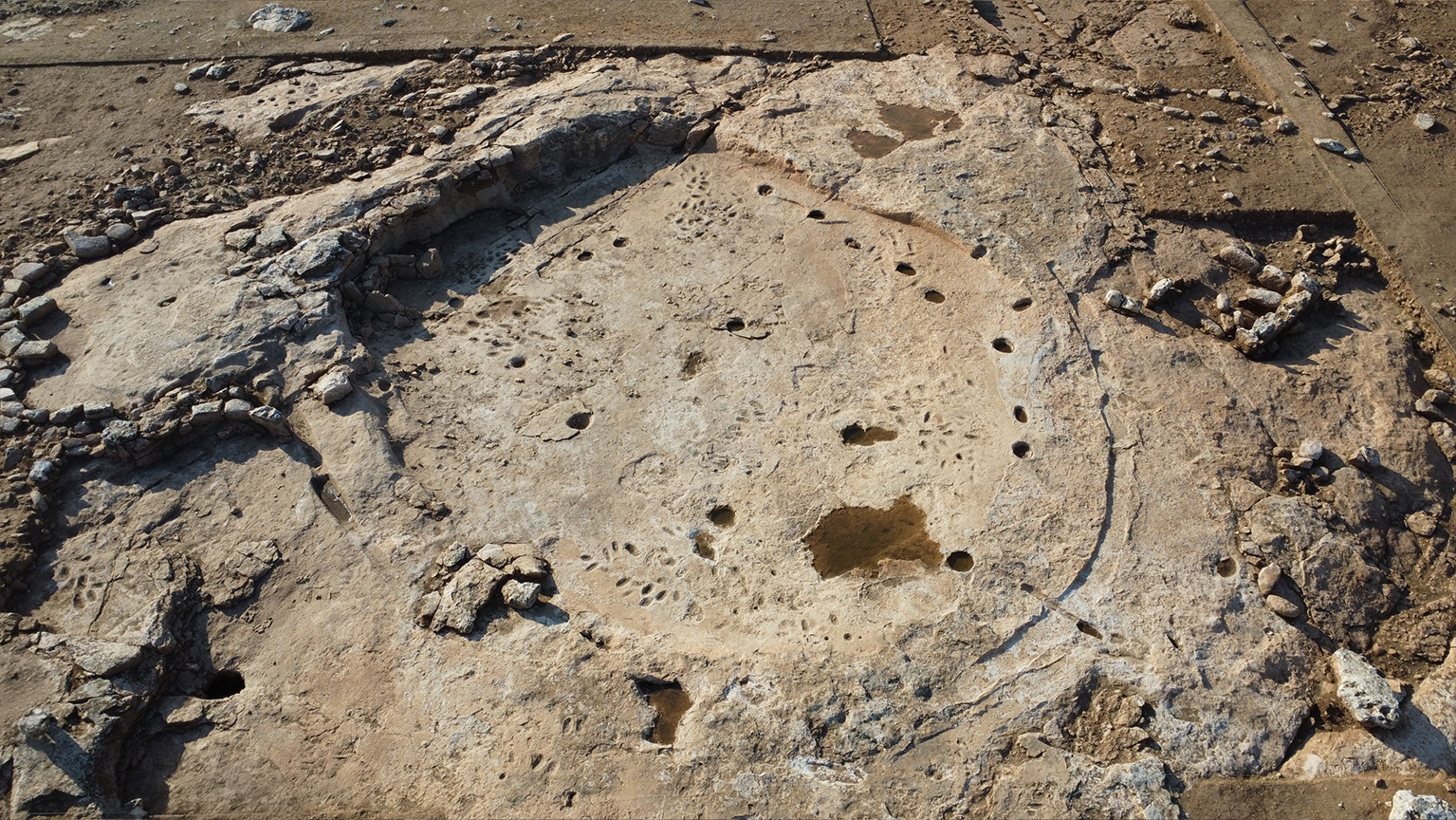
6. What is meaning of the animal skulls found in Special Building No. 15 at Çakmaktepe?
In Special Building No. 15, which was unearthed during excavations in 2024, burnt animal skulls were found, especially carefully placed at the base of the walls. It is thought that these skulls belonging to animals such as wild cattle, sheep, horses and gazelles were part of the rituals performed in the building and that the skulls may have been used as masks. The fact that the skulls were placed in the structure after being burnt may indicate a specific ceremony. Interestingly, although there are no obvious traces of fire inside or outside the structure, it seems that the animal heads were burnt outside and carried inside. These finds show that social rituals and symbolic practices existed at Çakmaktepe even in the early periods of sedentary life.
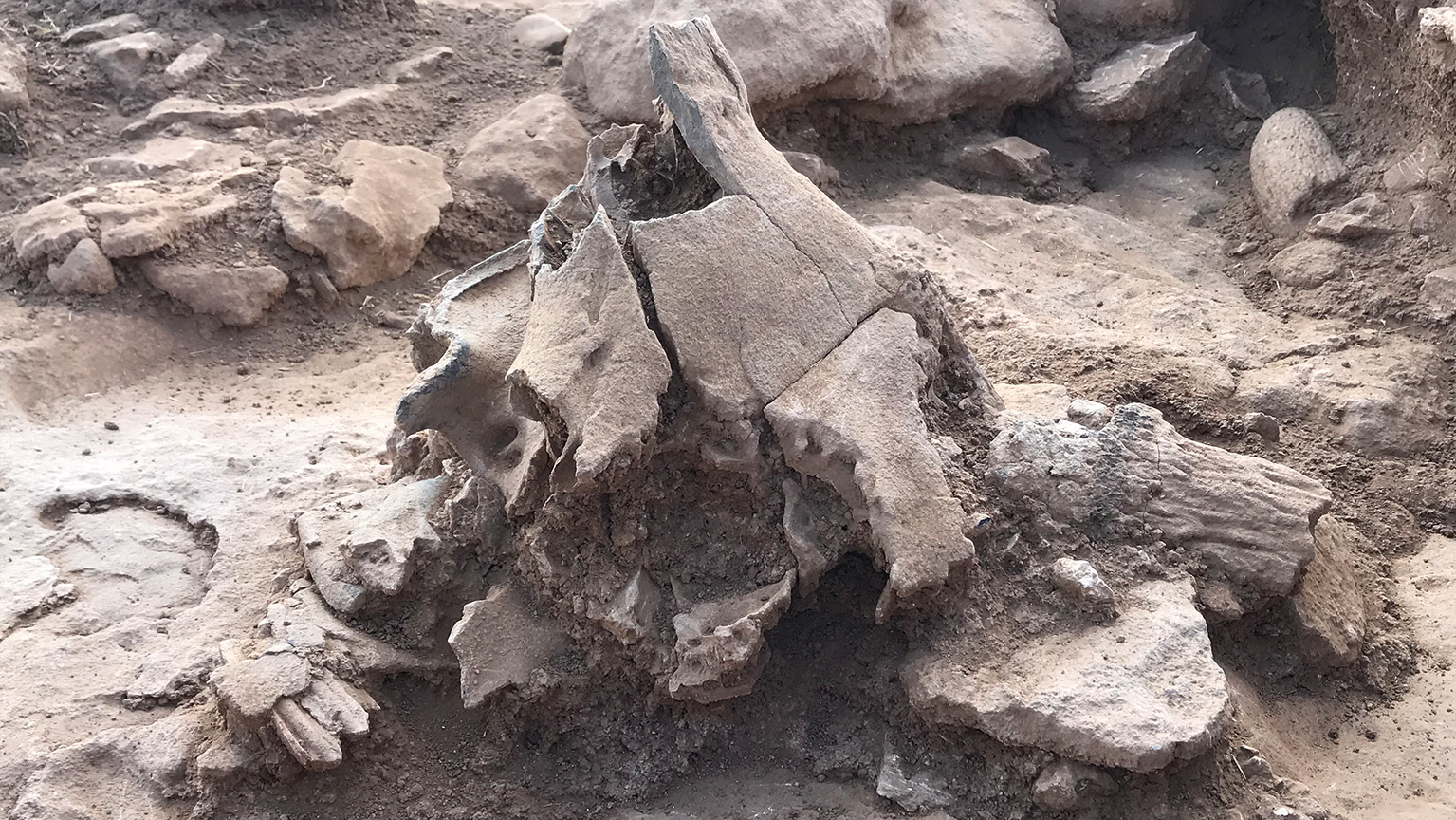
7. Arethere any residentialbuildings found in Çakmaktepe likeother Taş Tepelersettlements?
Excavations at Çakmaktepe have revealed residential buildings alongside special buildings. The residential buildings uncovered to the west of the Special Building No. 15 have a circular plan and pit bases. In these buildings, the bedrock was carved and used as a floor.
Most of the domestic buildings were constructed as single room pit shelters. These were likely supported by wooden pillars, covered with reeds and wooden materials, and possibly overlaid with animal skins to protect against the weather conditions. One notable exception is a multi-room structure divided into small chambers, with an irregular shape.
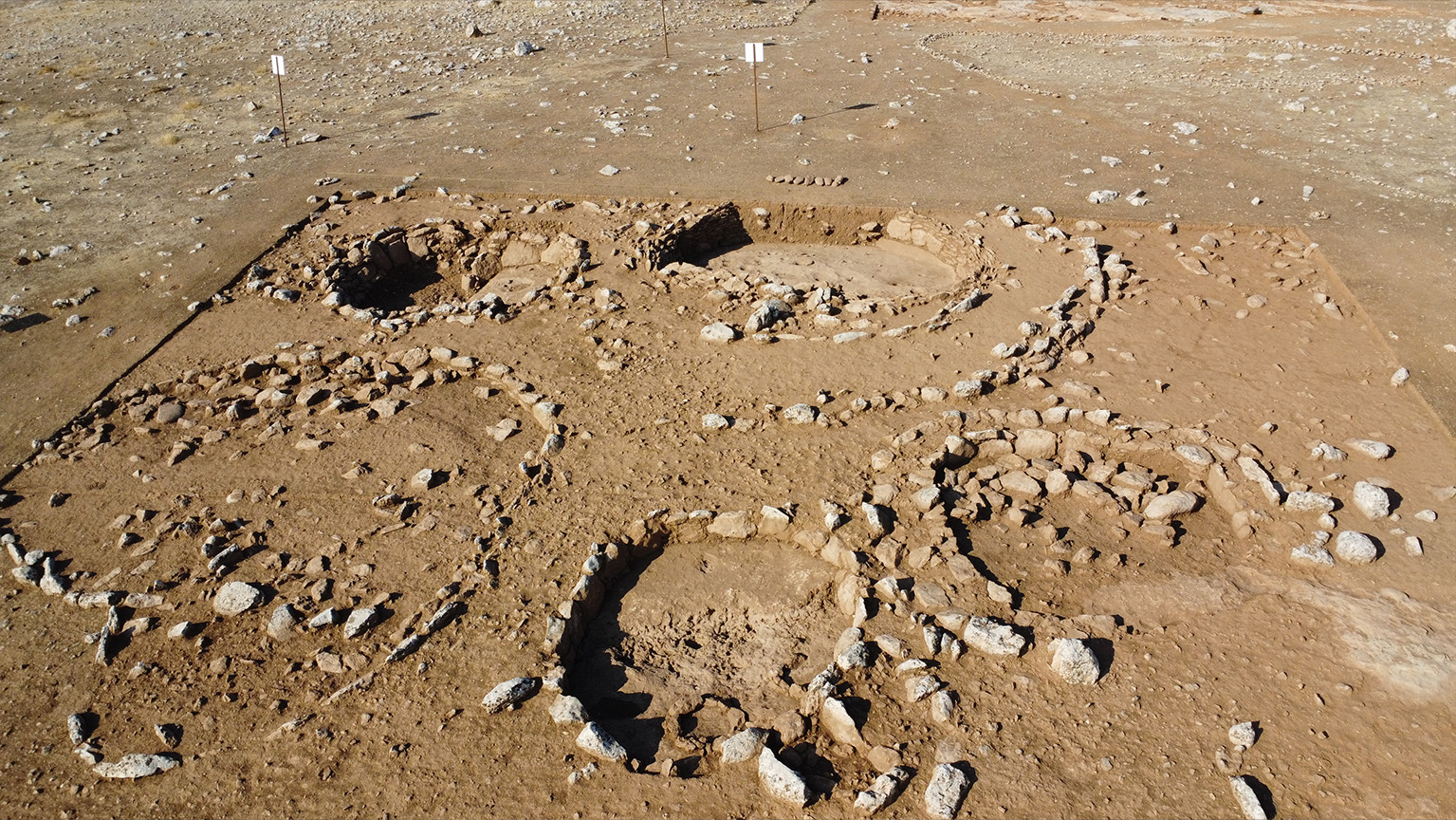
8. Have the buildings unearthed at Çakmaktepe been renovated during their use?
Two phases were identified in the residential buildings at Çakmaktepe. In the first phase, the structures were carved directly into the bedrock. During the renovation phase, as the pits couldn't be expanded, their areas were narrowed by building walls inside them.
Building No.20, which was built with a round plan in the first phase, was narrowed by adding a wall in the second phase. The cone-shaped holes on the bedrock were probably used for placing wooden posts, processing grain or sharing food. These structural changes indicate that Çakmaktepe underwent spatial and functional transformations over time.
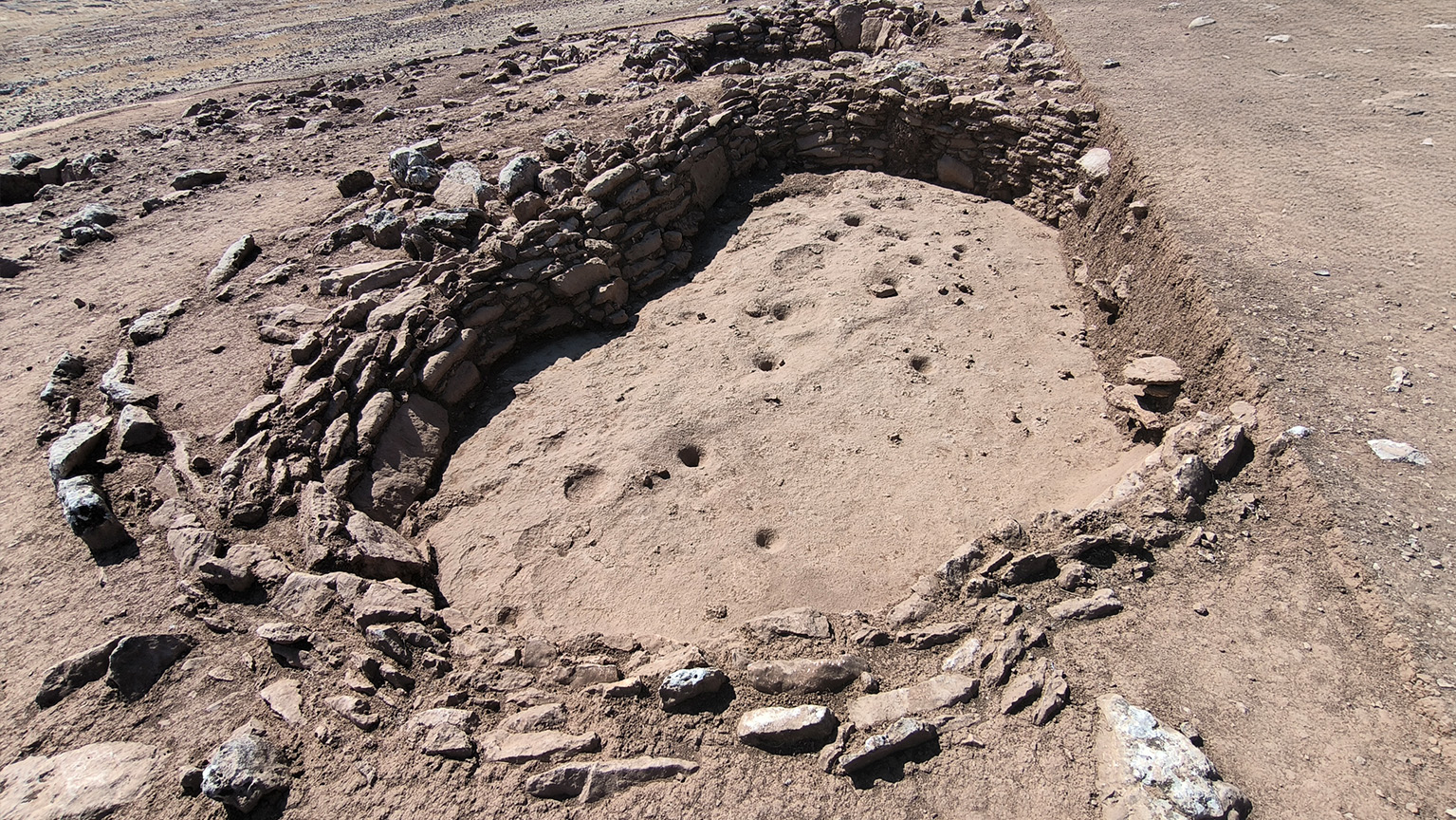
9. What is the significance of the desert kites discovered during the surveys around Çakmaktepe?
The surveys conducted around Çakmaktepe reveal the density of desert kites (animal trapping areas) in the region, indicating that these structures played a critical role in the transition of communities to sedentary life. These desert kites were constructed in order to direct gazelles in accordance with their natural movement tendencies and to enable them to hunt collectively. The easier access of nomadic communities to food resources by using these traps eliminated the necessity to migrate and laid the foundation for sedentary life.
Solving the problem of nutrition enabled these communities to stay in the same region throughout the year, allowing them to observe vegetation and seasonal cycles. Thus, over time, they turned to agricultural activities and contributed to the further strengthening of settled life.
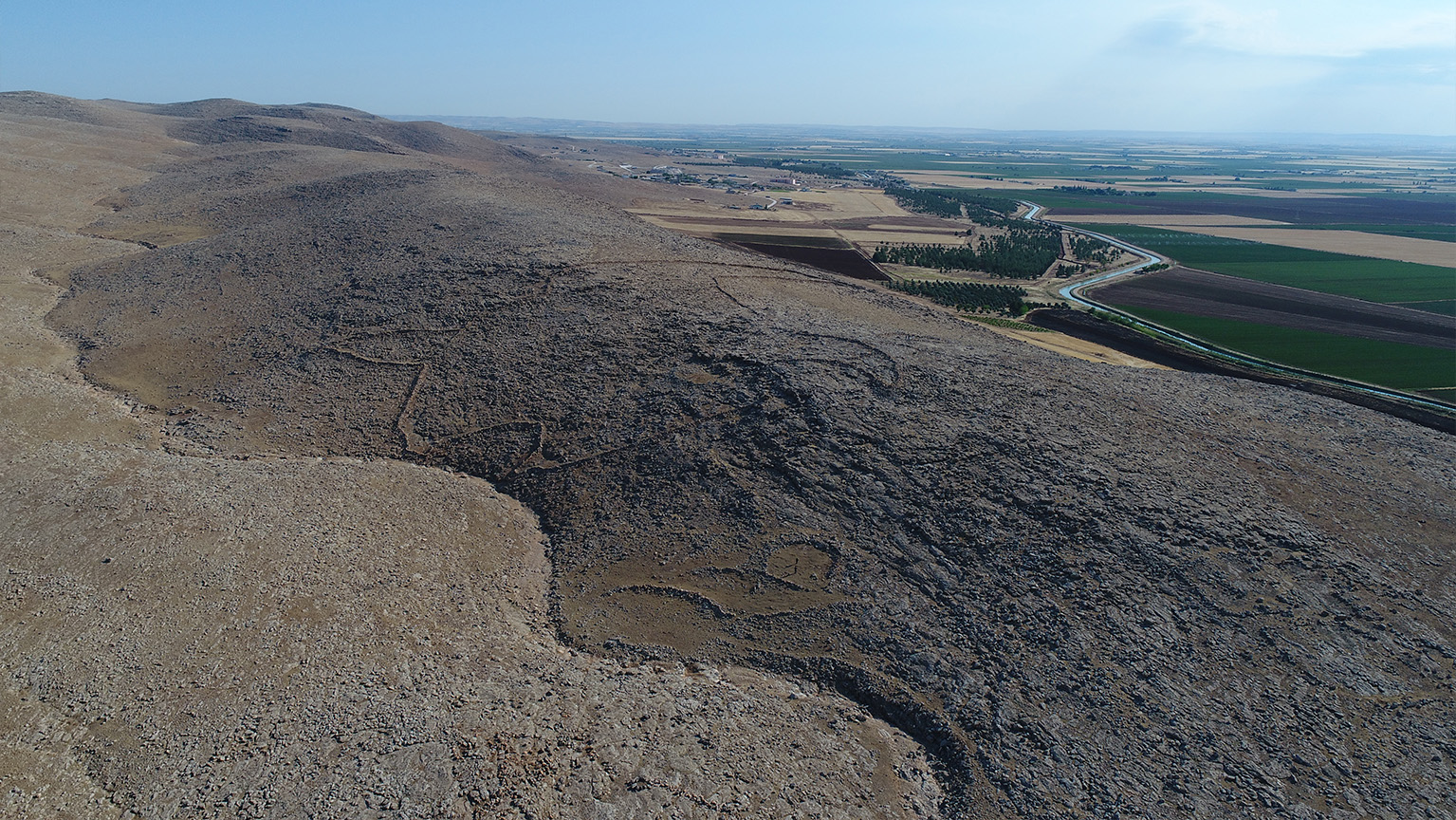
10. How do the discoveries at Çakmaktepe contribute to Neolithic period research?
The architectural structures, hunting grounds, and ritual traces uncovered at Çakmaktepe provide valuable insights into the transition of hunter-gatherer communities to a settled lifestyle during the Neolithic period. When evaluated alongside other Stone Mound sites like Göbeklitepe and Karahantepe, it becomes clear that the communities in this region experienced transformations not only in terms of habitation but also in social organization, food management, and ritual practices.
